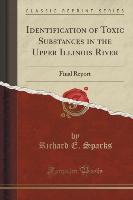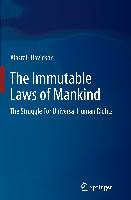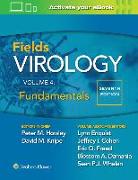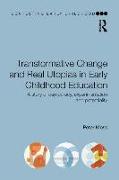Identification of Toxic Substances in the Upper Illinois River
BücherAngebote / Angebote:
Excerpt from Identification of Toxic Substances in the Upper Illinois River: Final Report
During the course of this study, several species of fingernail clams, includ ing M. Transversum, reappeared in the Chicago area waterways and in the Illinois River at Peoria and Havana. There are at least four possible explanations for this surprising reappearance of clams in the same general areas where the porewaters tested toxic. First, we found that clams recolonizing the upper Illinois are more resistant to ammonia than the clams from the lower Illinois, where the organisms were obtained for all of the early bioassays. Second, our previous research demon strated that the surface layers of sediment in some areas are less toxic than layers a few centimeters deeper. Toxicity may have been overestimated in tests where surface and deep layers of sediment were mixed prior to testing. Third, toxic episodes may be brief and infrequent, allowing organisms to colonize in between episodes. Fourth, the distribution of toxicity in sediments may be extremely patchy, so that healthy organisms are found adjacent to barren areas. If the latter two hypotheses prove to be true, acute toxicity in the Illinois River has changed recently from a widespread problem to a more localized or episodic problem. Reduction of toxicity in surface sediments may reflect recent reductions in ammonia loading from sewage treatment plants in the Chicago area, although it is not clear whether the sources of ammonia in the porewaters are effluents, the deeper layers of sediments, or both.
About the Publisher
Forgotten Books publishes hundreds of thousands of rare and classic books. Find more at www.forgottenbooks.com
This book is a reproduction of an important historical work. Forgotten Books uses state-of-the-art technology to digitally reconstruct the work, preserving the original format whilst repairing imperfections present in the aged copy. In rare cases, an imperfection in the original, such as a blemish or missing page, may be replicated in our edition. We do, however, repair the vast majority of imperfections successfully, any imperfections that remain are intentionally left to preserve the state of such historical works.
Folgt in ca. 5 Arbeitstagen




